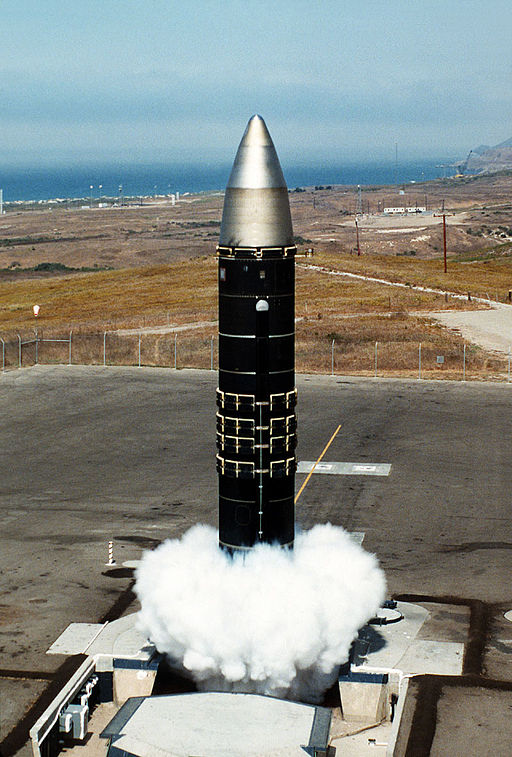In the constantly evolving sphere of aerial warfare, the edge often comes from technology that can perceive threats before they even become apparent. The F-22 Raptor, the pride of the US Air Force, hosts a system that embodies this philosophy – the AN/ALR-94, a passive radar system that significantly contributes to the aircraft’s famed situational awareness. Let’s dissect the core engineering aspects that make this system a cornerstone in modern aviation technology.
System Overview: The Technical Blueprint
The AN/ALR-94 is an advanced electronic support measures (ESM) system designed by BAE Systems, a critical component in ensuring the F-22’s air superiority. Technically, it serves as the Raptor’s ears, capable of detecting radar emissions from enemy assets well before they become a threat. Its exceptional sensitivity to radio frequency emissions allows it to discern critical information about the battlefield environment.
The Backbone of its Capability: Key Technical Aspects
Delving into its core, we find several features that mark it as a technological marvel in electronic warfare:
- Extreme Sensitivity: The AN/ALR-94 operates with remarkable sensitivity, capable of detecting signals from a vast range of frequencies. This sensitivity, coupled with a high-gain antenna array, allows the system to identify and track emissions from substantial distances, often beyond the reach of enemy radars.
- Advanced Signal Processing: This system employs sophisticated signal processing algorithms capable of sorting through a myriad of electronic signatures to identify potential threats accurately. Its capability to process a high volume of data in real-time is a testament to its advanced computational capabilities.
- Precision Direction Finding and Geolocation: Employing interferometry techniques, the AN/ALR-94 can accurately determine the direction of incoming signals. This data, integrated with other onboard systems, facilitates a comprehensive picture of the battlespace, enabling precise targeting and threat avoidance maneuvers.
- Stealth Integration: Designed with stealth in mind, it seamlessly integrates into the F-22’s structure without compromising its low radar cross-section. Its passive operation means it can gather data without revealing the Raptor’s position, a vital feature in maintaining air superiority.
- Sensor Fusion: The true brilliance of the system lies in its ability to integrate data with other onboard sensor systems like the AN/APG-77 radar, creating a cohesive and comprehensive electronic picture of the battle theatre, greatly enhancing the pilot’s situational awareness and engagement capabilities.
Operational Milestones: Instances of Excellence
During its operational tenure, the AN/ALR-94 has proven to be a reliable and potent tool in the F-22’s arsenal. Its capabilities have allowed pilots to make informed decisions rapidly, often providing a decisive advantage in various combat scenarios. Its role in Operation Inherent Resolve showcases its capabilities, providing critical data in the successful execution of numerous missions.
The Path Forward: Prospective Developments
Looking towards the future, potential developments for the AN/ALR-94 point towards an integration of machine learning and artificial intelligence. These enhancements aim to further improve its threat recognition capabilities, allowing for proactive threat response strategies, and augmenting the F-22’s dominance in the sky.
Conclusion
The AN/ALR-94 stands as a beacon of engineering excellence, offering a glimpse into the future of electronic warfare. Its amalgamation of advanced signal processing, precise geolocation capabilities, and stealth integration make it a formidable asset in the modern aerial warfare arsenal, setting the stage for the next generation of aerial dominance technology.



